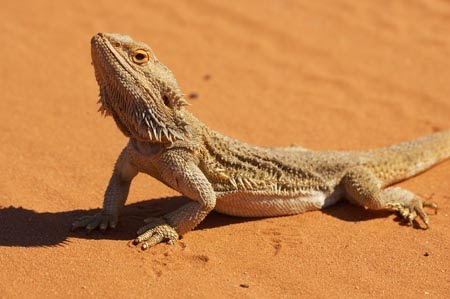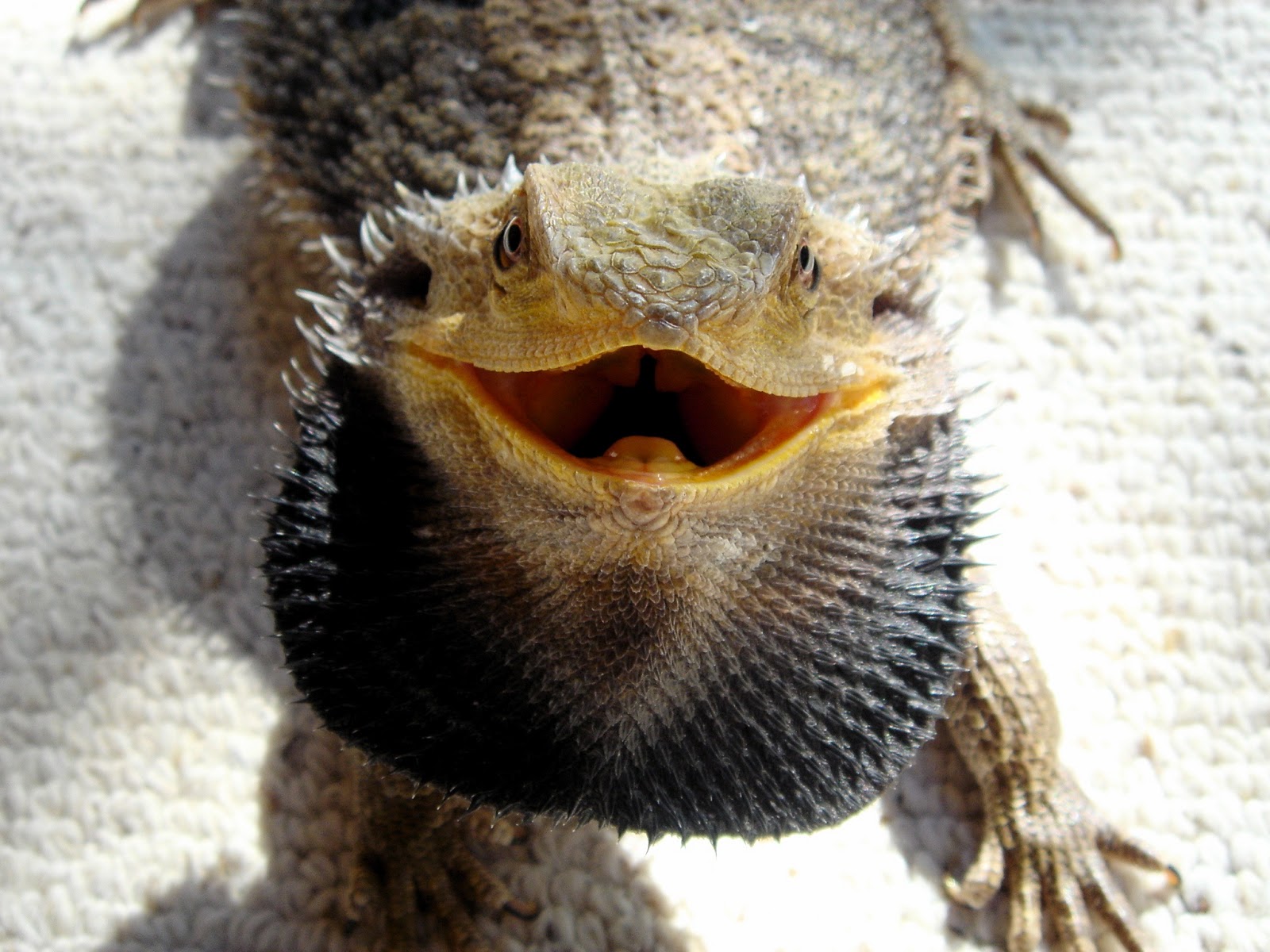Bearded Dragon Taxonomy: Understanding the Classification of Your Lizard Friend
Introduction to Bearded Dragon Taxonomy
If you’re a beginner reptile owner, you may have wondered what bearded dragon taxonomy is and why it’s important to understand. Taxonomy is the science of identifying, classifying and naming living organisms. It’s a way of organizing data and understanding the relationships between different species. Understanding bearded dragon taxonomy can help you better understand your pet and provide it with the best care possible. In this blog post, we’ll go over the different classifications of bearded dragons and what they mean.
Kingdom and Phylum
The first two levels of classification in bearded dragon taxonomy are kingdom and phylum. All living things are classified into five kingdoms: animalia, plantae, fungi, protista, and monera. Bearded dragons belong to the animalia kingdom, which includes all animals. The phylum for bearded dragons is chordata, which is the phylum for animals with a backbone. This means that bearded dragons are vertebrates.

Class
The class for bearded dragons is reptilia, which includes all reptiles. This means that bearded dragons have several characteristic traits that make them reptiles, such as laying eggs, having dry scaly skin, and being ectothermic, meaning that they rely on external sources of heat to regulate their body temperature.
Order and Family
The order for bearded dragons is squamata, which includes all lizards and snakes. Bearded dragons belong to the family agamidae, which includes over 300 species of lizards. Bearded dragons are just one species of agamid lizard, but they are a popular pet choice due to their unique appearance, docile temperament, and ease of care.

Genus and Species
The final two levels of bearded dragon taxonomy are genus and species. The genus for bearded dragons is pogona, and there are eight known species of bearded dragons. The species most commonly kept as pets is Pogona vitticeps, which is native to Australia. Other species of bearded dragons are found in different parts of Australia, and some are endangered due to habitat loss and fragmentation.

Conclusion
Understanding bearded dragon taxonomy is important for reptile owners, as it can help them better understand their pet’s characteristics and behavior. By knowing the different classifications, you can provide your bearded dragon with optimal care and maintain its overall health and wellbeing. Now that you know the basics of bearded dragon taxonomy, you can delve deeper into the fascinating world of reptiles and learn more about your new lizard friend.
